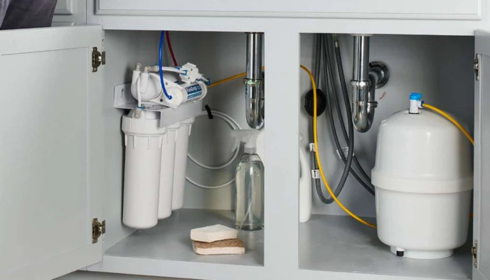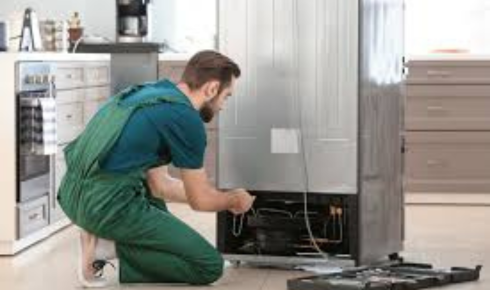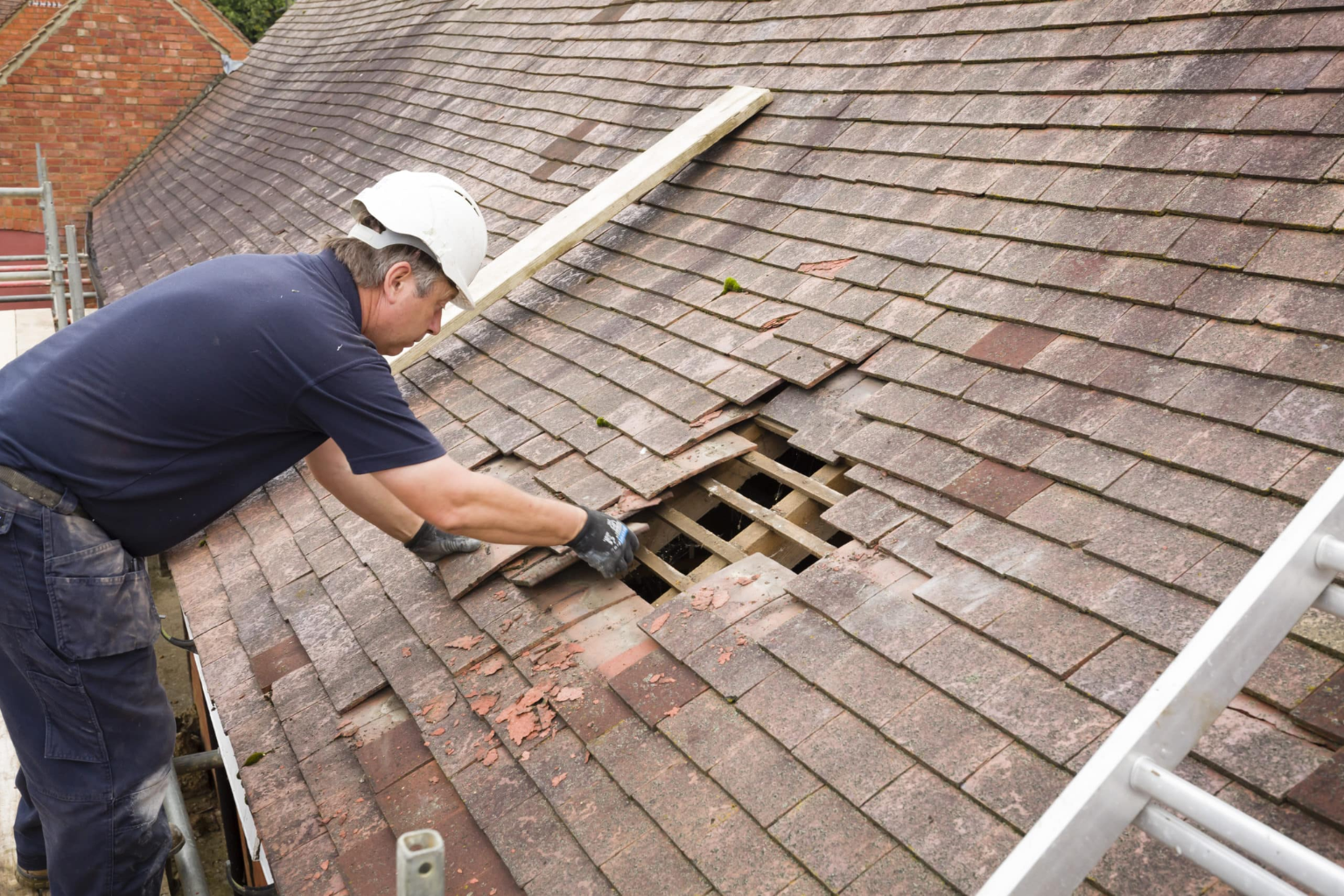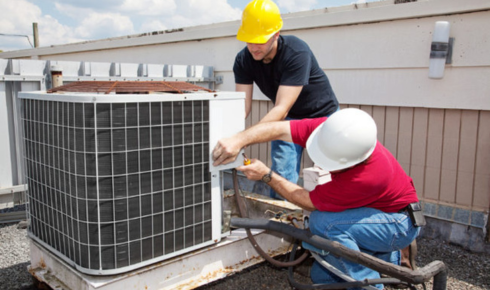Water is something we don’t usually question. It comes out of the tap, fills our bottles, swirls down drains, and keeps life humming along in ways we barely notice. But hidden beneath the surface of what looks like a clear glass can be things you’d rather not think about—contaminants, minerals, and in some regions, nitrates. They don’t make a dramatic entrance. There’s no flashing warning sign. Instead, nitrates can quietly creep into wells and municipal supplies, often from fertilizers, septic systems, or natural runoff. The tricky part is, you can’t see them, smell them, or taste them. That’s where proper filtration steps into the spotlight.
The Subtle Problem of Nitrates
Unlike chlorine, which you might detect by smell, or hard water minerals that leave rings in your kettle, nitrates are invisible. They dissolve seamlessly into water, which makes them particularly deceptive. For families on private wells or in agricultural areas, the risk is higher, as nitrates can seep into groundwater from fertilizer-heavy soil. While low levels aren’t always catastrophic, long-term exposure, especially for infants and pregnant women, can pose real health concerns. That’s why awareness is growing, and with it, demand for solutions that don’t just mask the problem but remove it altogether.
Where Testing Becomes Essential
The starting point isn’t running to buy the fanciest gadget—it’s knowing what’s in your water. Many homeowners never consider testing until something feels off, or worse, until a health issue points back to water quality. A proper test reveals whether nitrates are present, and at what levels. It’s like shining a flashlight into a dark corner. Once you know what you’re dealing with, you can make informed decisions instead of shooting in the dark. And if the report shows a concern, it’s time to look at proper systems built to handle it.
Finding the Right Fit
Not all filters are created equal. A simple pitcher filter from the grocery store isn’t going to handle nitrates. You need specialized systems designed to target and eliminate them effectively. That’s where investing in a nitrate water filter system makes all the difference. These systems don’t just improve taste—they go deeper, ensuring that every sip, every pot of soup, and every glass of water from the tap is free of what you don’t want hanging around. It’s about moving beyond convenience toward confidence in what you drink.
Daily Life Changes You’ll Actually Notice
At first glance, filtration feels like one of those invisible upgrades. You don’t brag about it to friends like you might with a new fridge or fancy home theater. But the benefits ripple quietly through daily routines. Coffee tastes cleaner, vegetables keep their natural flavor, and there’s a subtle reassurance when you hand your child a glass of water. Even if nitrates never changed the taste in the first place, the peace of mind changes how you feel about every glass. That’s a value you can’t put a price on easily.
Why Whole-Home Solutions Are Worth Considering
For some households, a kitchen sink filter might feel like enough. But nitrates affect every tap in the house. Showers, laundry, even the water you use for pets—it all flows from the same source. Installing a nitrate removal system for home is like flipping a master switch. It doesn’t just treat a portion of your water; it transforms the entire supply. That means you’re not juggling multiple filters or wondering which sink is safe. Everything, from the upstairs bathroom to the backyard hose, benefits from the same level of protection.
Long-Term Savings Hidden in Plain Sight
It’s easy to think of filtration as another expense, but the math often works out in your favor. Bottled water adds up quickly. Replacing appliances damaged by mineral buildup or contaminants costs far more than prevention. And of course, healthcare is priceless—avoiding potential issues linked to poor water quality isn’t just smart, it’s protective. A good system becomes less of a “purchase” and more of an investment, one that pays itself back in countless little ways over the years.
Busting the Myth of High Maintenance
One reason people hesitate is the assumption that filters require endless upkeep. The reality? Most modern units are surprisingly simple. Cartridges are built to last months at a time, and many systems are designed for quick swaps without needing a plumber every time. Compared to the daily hassle of buying and lugging bottled water—or the hidden stress of not knowing what’s in your tap—the maintenance is minimal. Think of it like changing the batteries in a smoke detector: necessary, but hardly overwhelming.
The Science Behind the Scenes
Different technologies target nitrates differently. Some rely on ion exchange, others on reverse osmosis. Each has its pros and cons, and the right choice often depends on your water source and household needs. The unifying factor is precision—these aren’t random fixes, they’re engineered processes built around science and reliability. That’s why families increasingly search specifically for water filters that remove nitrates rather than settling for generic options. The specificity matters. You wouldn’t use a general-purpose cleaner on a delicate heirloom, so why take shortcuts with the water your family consumes daily?
Emotional Comfort in Every Glass
Beyond all the science, numbers, and maintenance schedules, there’s a human side to clean water. It’s the relief of pouring a glass without a flicker of doubt. It’s knowing that when guests visit, they’ll taste nothing but freshness. It’s the quiet reassurance that the water you’re bathing your kids in, cooking pasta with, or feeding to your pets is safe and clean. It doesn’t shout. It doesn’t sparkle like a new gadget. But it’s always there, in the background, making life just a little better and a lot safer.
Wrapping It Up: Choosing Clarity Over Uncertainty
Life throws enough uncertainty our way without water being one of them. And while nitrates might not dominate headlines, they’re a very real concern for countless households. The good news is, with the right tools, it’s not a complicated problem to solve. Testing gives you clarity. Filters give you control. And together, they transform something invisible into something you can trust. At the end of the day, investing in your home’s water isn’t just about what flows through your pipes—it’s about what flows into your life, every single day.





